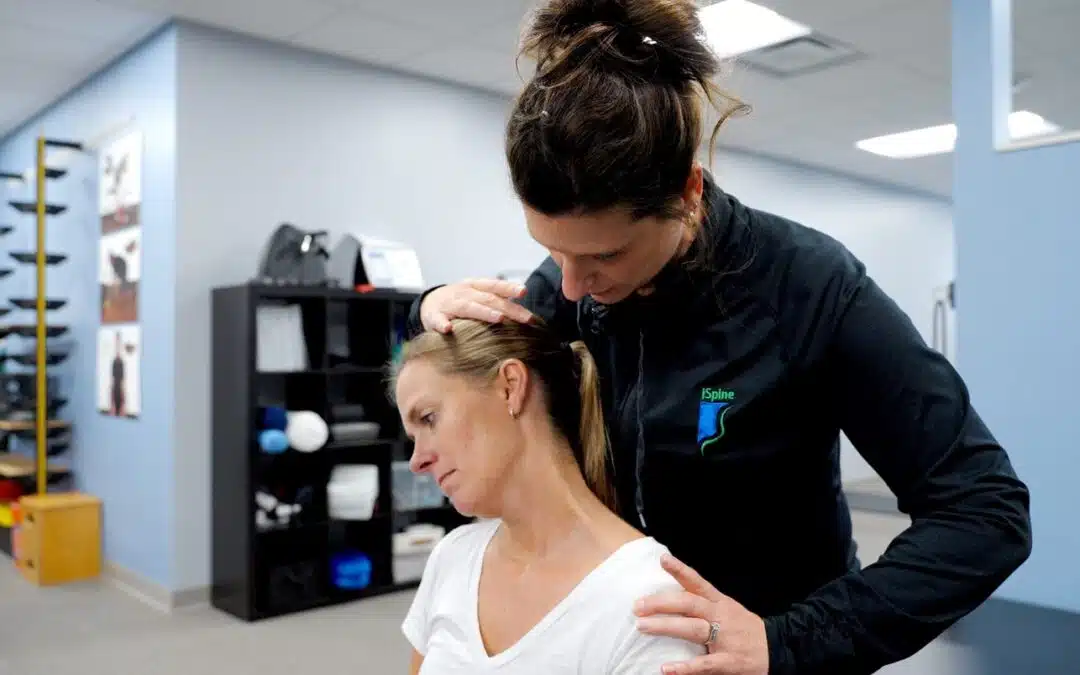What are Joint Mobilization Techniques?
Joint Mobilization techniques are hands-on treatment methods for pain management and mobility therapy. The primary goal of a joint mobilization is to improve the range of motion of the joint and surrounding tissues.
The subcategories of joint mobilization involve the type of motion and amount of pressure and speed used in the treatment. They are:
- Oscillatory joint mobilizations: This involves applying slow, gentle pressure to the joint that varies in the amount of movement. It is applied at the various amplitudes throughout a joint’s range of motion.
- Sustained joint mobilizations: This is a pulling movement that is held steady. This type of mobilization is meant to reduce joint compression and stretch the surrounding soft tissue. It is sometimes referred to as traction, decompression, or long-axis release.
- Manipulation: A high-speed thrusting movement with a small range of motion is applied in relation to muscle tightness or reduced joint mobility. Manipulations are routinely provided by chiropractic professionals.
What should I expect from a joint mobilization session?
Our physical therapists spend a lot of time assessing your movement during your rehabilitation sessions. They may recommend joint mobilization techniques to enhance your stretching program. You may be lying down on a mat table or sitting in a chair. Dress comfortably for your sessions in loose-fitting clothing so you can move well. They will direct you through motions and may physically guide your body into different positions. Joint mobilization can feel very comfortable and relaxing. They will always teach you ways to replicate these movements at home and provide you instructions. Performing joint mobilization regularly helps promote circulation, relaxation, and reduced sensitivity to movement.
How do you perform joint mobilization at home?
Self-joint mobilization techniques can be done using simple tools like a scarf, towel, or belt. At our clinics, we have a variety of tools and stretching straps that you may try with your therapist to determine just the right technique that will work for you to continue the therapy at home daily.
“As a massage therapist and physical therapist assistant I enjoy helping patients find joint mobilizations that work best for their individual bodies. It’s wonderful when we can find something that the patient can do at home to help them feel better.”
Am I a good candidate for joint mobilization therapy?
Joint mobilization techniques vary from very gentle to more aggressive. Anyone that has a movement barrier or tightness may find benefit from just the right technique. Your therapist also knows which conditions are not appropriate for joint mobilization such as early post-surgery, joint instability, severe osteoporosis, or rheumatoid arthritis. Joint mobilization is only one part of a good rehabilitation plan. Your rehabilitation experts also focus on strengthening, ergonomics, and other health habits that provide comprehensive treatment.
Overall, joint mobilization can be a helpful tool in decreasing pain and maximizing range of motion and function. It is frequently used in conjunction with one or more other physical therapy methodologies, and studies have shown notable results in its effectiveness. If you think joint mobilization might be helpful for your recovery and rehabilitation, the best thing to do is bring it up with an iSpine clinician. We can begin the assessment process and develop the perfect pain management package for you!


